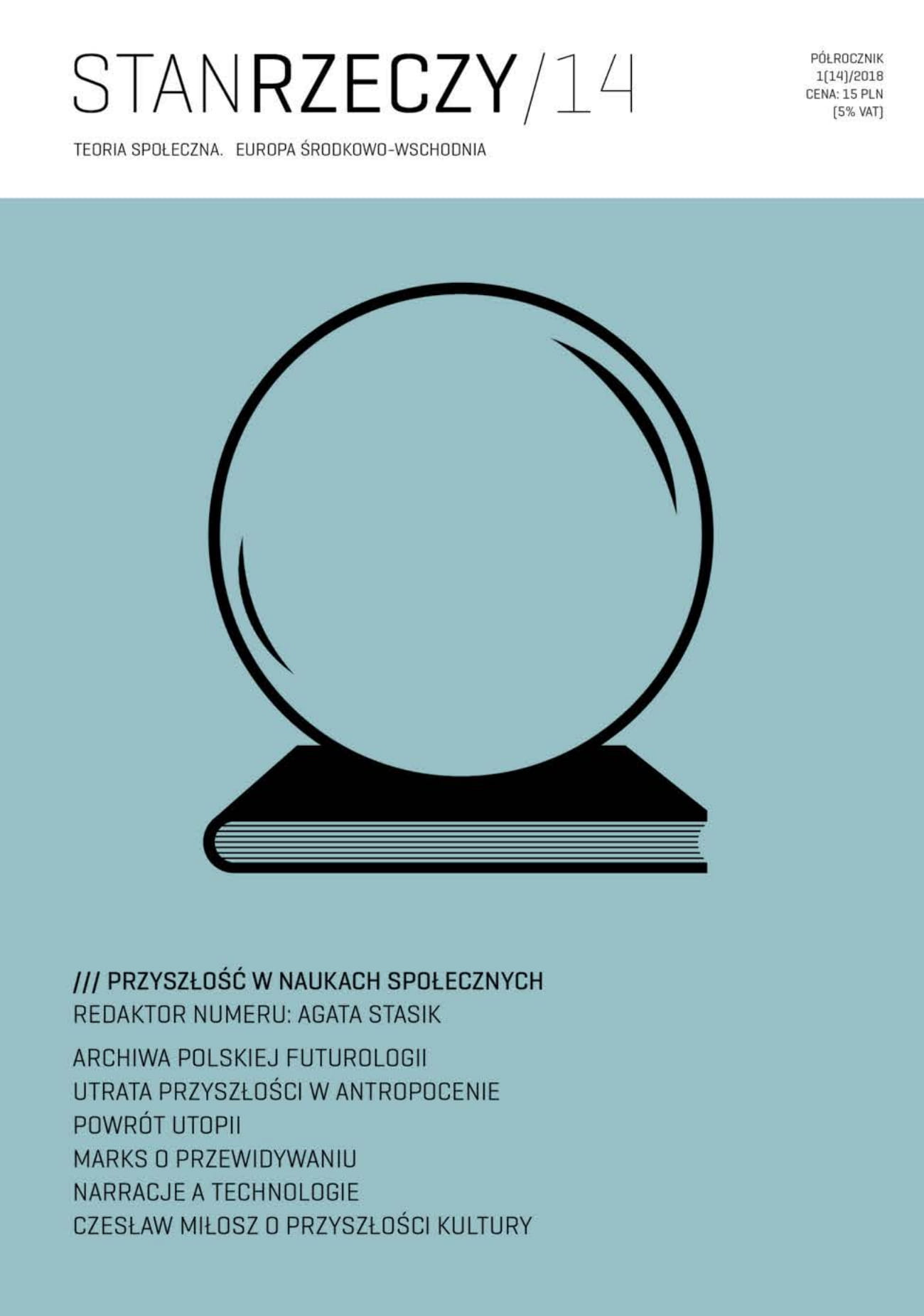
We kindly inform you that, as long as the subject affiliation of our 300.000+ articles is in progress, you might get unsufficient or no results on your third level or second level search. In this case, please broaden your search criteria.



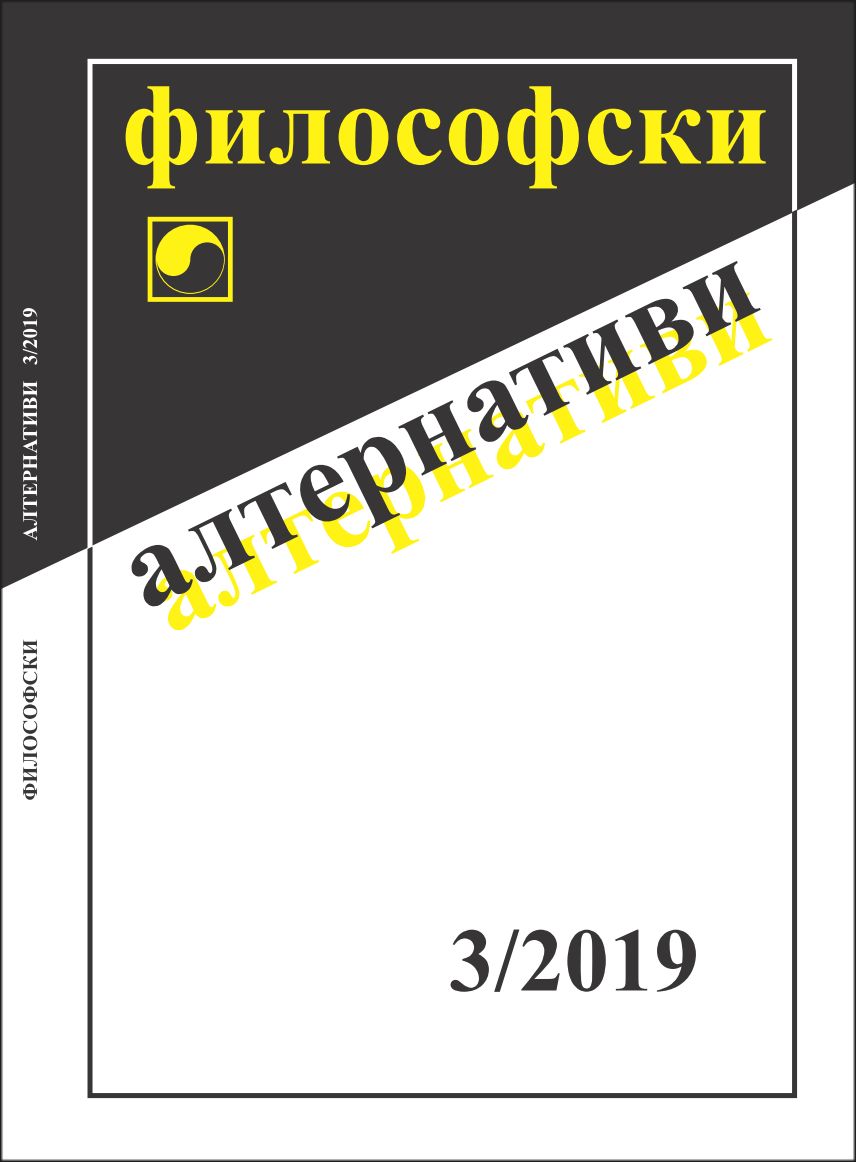
The article reviews the myth of Odysseus in literature: Homer’s Odyssey, Joyce’s Ulysses, and Eric-Emmanuel Schmitt’s Ulysses from Baghdad. From Mircea Eliade’s cultural interpretation of the myth of Odysseus, the article goes on to K. Jung’s interpretation of Odysseus as a trickster. From the general cultural and psychoanalytic profile of Odysseus as man returning “home”, to “his roots”, to the authentic self, complemented by the option of travel as a transformation, in which one becomes oneself as other, the article goes on to considering the “return to oneself” as an augmented and expanded other, although still oneself, and to the metaphorical perspective on the myth. And hence, “return to oneself” is viewed as repetition enhanced by the inclusion of difference: in this way, the idea is unconsciously advanced that the myth of Odysseus, as a metaphor of “the return to oneself as other” is analogous, on a highly theoretical level, with “the myth of eternal return”. The myth of eternal return is presented through the optics of: Nietzsche; Heidegger’s interpretation of Nietzsche’ “eternal return”; Deleuze’s interpretation of the latter, which demonstrates as justified the hypothesis that the myth of Odysseus is a form of the myth of eternal return, whereby the hypothesis becomes a thesis.
More...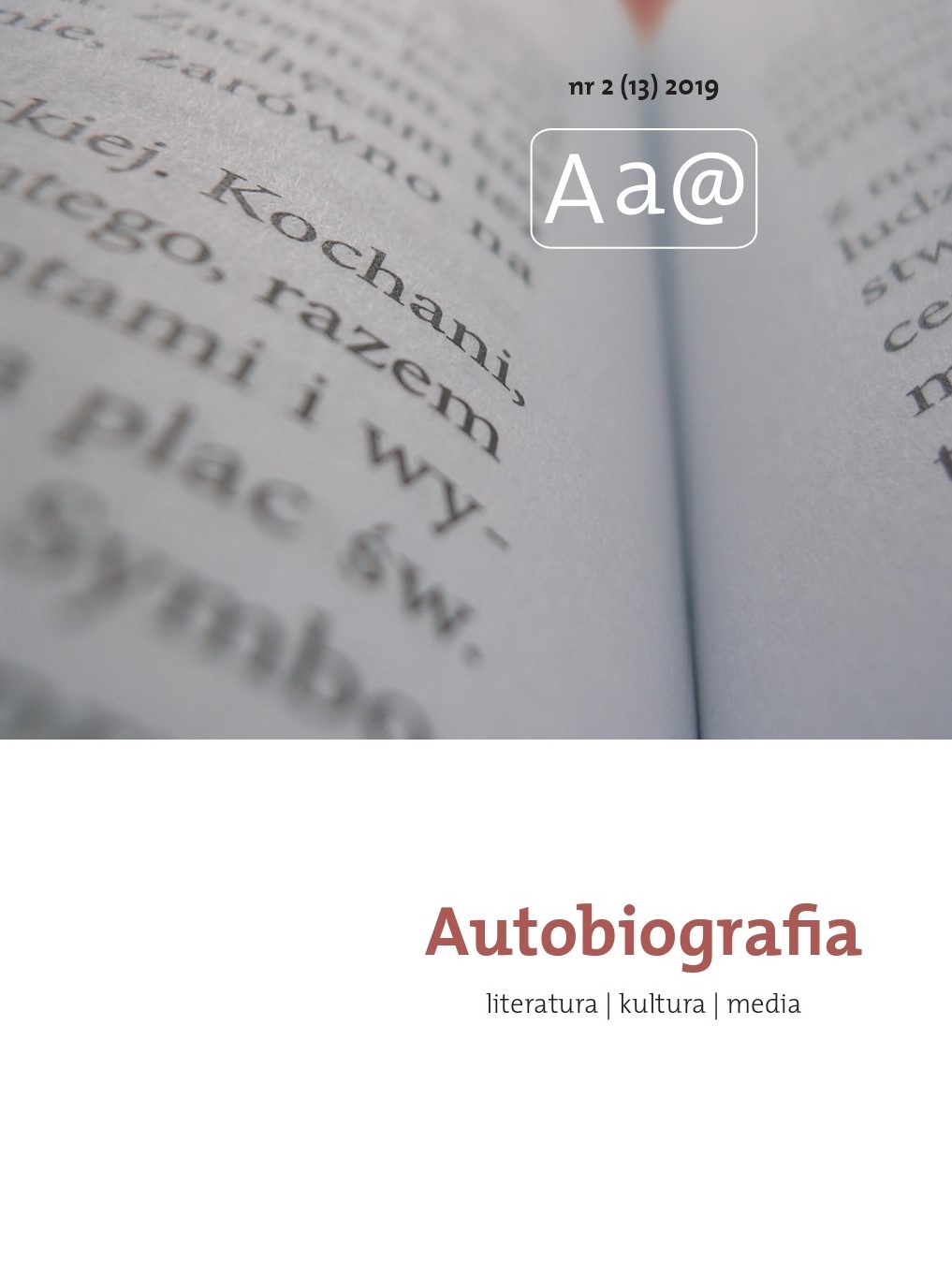
The article scrutinizes how autobiographism, fiction and autoanalysis crisscross in the psychoanalytical study Elmebetegségek psychikus mechanizmusa (On the psychic mechanisms of mental illnesses) by the Hungarian writer and psychiatrist Géza Csáth (1887–1919) in the light of his diary and Carl Gustav Jung’s doctoral thesis.
More...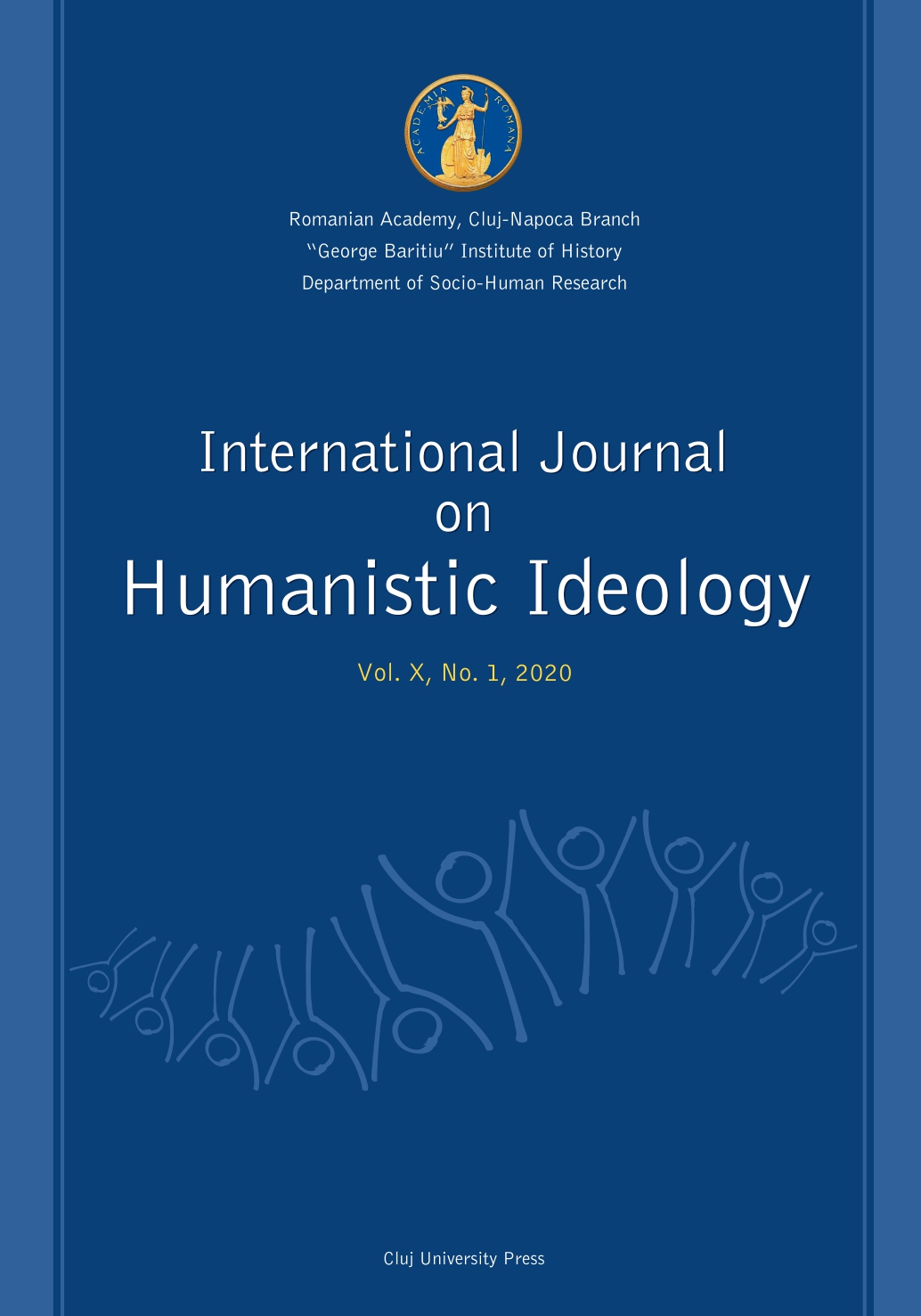
Søren Kierkegaard existed only through his work, which comprises his literary and philosophical pseudonymous oeuvre, the Journal and the theological bodies of work. When unable to nourish this vivid production anymore, he launched his attack against the church in a periodical called the Instant, an effort he could not sustain for too long. In the midst of the attack he fell violently ill in the street in Copenhagen and died in hospital, without having previously been diagnosed with a serious or fatal illness. On the other hand, his body has always been rendered as a failure, even as a missing element in some passages that reveal symptoms of different kinds of hypochondria. These are due to what he confesses to be an “excess of spirit”, a hyper-spiritual subject that enacted a peculiar melancholic and incorporeal condition. The failing body pertains to the lack of an effective body that could sustain existence and at the same time enforces the solution to the question concerning the unavoidable ek-sistence in anxiety (Heideggerian avant la lettre) by way of an incorporeal body of writing. In this paper I will point out the connections between the function of Kierkegaard's writing as a vehicle for shaping identity and the metaphors of the failing body, using a psychoanalytical approach, while trying at the same time to keep close to Kierkegaard’s own style of allusions and bitter irony as an attempt to save the unique subject by writing.
More...
In medicine and psychiatry, pain often falls under the term “comorbid disorder”. We will therefore begin with a brief phenomenological analysis of the term “comorbidity”. The emphasis here will not be so much on “morbidity” but on the prefix “co”, more precisely on the fusion between the various forms of morbidity, including the pain itself. I would like to further state that the real thing that comorbidity is concerned with is essentially the interaction between the organic and the psychic, or, generally speaking, that between “body” and “soul”. The prefix “co” can denote at least three possible situations, depending on the respective context: an organic cause with psychological effects, a psychological cause with organic effects, or, a much deeper source of origin, which is both organic as also affects the psychic and thus leaves behind the mere duality of this pair of terms. As we shall see, this last meaning became the source of inspiration for one of the important working hypotheses of phenomenology, which is the reduction of dualisms as body-soul, inside-outside, etc. from the perspective of their common condition of possibility. This hypothesis is shared by both psychoanalysis and the psychoanalytic clinic that emerges from it.
More...
Knowledge Society is characterized by some aspects which modify the way in which we approach the daily realities. In this regard, the development of IT&C technologies and the usage of knowledge, as fundamental resource for the new economy, allow the development of a context that solicits new approach modalities of the way in which faith is transmitted. Complementary, environmental problems and massive migration of population create new challenges for the way in which faith transmission is treated. Thus, in this new context, it is necessary to reapproach the way of faith transmission due to the new challenges. To realize this, it is required to focus the attention on the human and to study his deepest dimension. Consequently, the approach of the deepest human dimension imposes also the study of the unconscious. The study of the unconscious is necessary because it has influences in the way faith is transmitted and lived. The present exploratory study presents the possibilities in which the unconscious can influence the faith transmission through its specific processes and its symbolism.
More...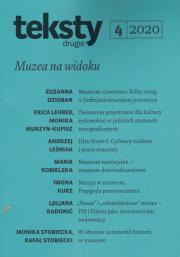
Leśniak presents an interpretation of selected works and texts by contemporary German artist Hito Steyerl. Drawing on Nicolas Bourriaud’s version of the concept of digital realism and the notion of enrichment proposed by Luc Boltanski and Arnaud Esquerre, Leśniak demonstrates that Steyerl’s practice is characterised by an exceptional ability to thematise current problems. Her works are not only extremely relevant in the way they refer to problems related to the mechanisms of visuality in the digital age, but also in the way they tackle the functioning of institutions – museums and galleries – as a process of enrichment that is key to the logic of capitalism in the post-industrial era.
More...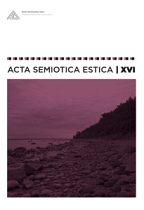
The article analyses Bernardo Bertolucci’s screen adaptation (1970) of Alberto Moravia’s novel “The Conformist” in comparison with the censored version of the film released in the Soviet Union in 1976. Attention is paid foremost to the dubbed Russian version’s visual cuts and translation shifts, which amount to the creation of a new, castrated version that is approximately 30 minutes shorter than the original film and that ideologically corresponds to the then-dominant Soviet discourse of representing fascism. The article demonstrates how in this new, censored version where Bertolucci’s complex narrative is transformed into a linear narrative (that surprisingly makes it closer to the original novel by Moravia), the characters’ psychological inner worlds and Bertolucci’s storyworld conveyed through images, sounds and language have become lost in translation.
More...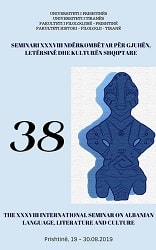
The motive of the warning dream is one of the most widespread and one of the oldest in the epic gender. In epic dreams appear at the key moments of the narrative as a prediction or interpretation of what is to come. They usually contain a series of symbols that have to be interpreted by the dreamer. In epic creations, dreams have a significant influence on the course of the story. In most cases they encourage the heroes to continue their journey. We encounter the warning dream in the earliest literary work found until today, the Epic of Gilgamesh. Also in both Homeric poems, Iliad and Odyssey, the motive of the dream is widely encountered. This motif appears densely also in our epic, we remember here the dream of Muji in the song "Rapture of Muj's wife", his next dream in the rhapsody "Gjogu i Mujit", the dream of Krajl's wife in "Halil's Marriage" warning of kidnapping of Tanusha. Among the medieval European epics, we mention the prophetic dream of Cid, the Spanish epic hero. He dreams about the archangel Gabriel, who tells him that he will eventually triumph. Encouraged by this dream, Cid enters the city of Toledo. In the French epic, the dream of Charlemagne is evident; the king sees two dreams that warn of misfortune; the first dream predicts Ganelon's betrayal, and the second the death of his nephew Roland. The purpose of this paper will be to examine the motive of the dream in the Epic of the Kreshniks by considering it as part of the cadre of the medieval and pre-medieval epics.
More...
The divine saying "Let there be light!”, is transformed by Migjeni into the saying of the Son of Man, who is unable to speak with the language of his Creator, and so this omnipotent command is now reduced into a praying that says "Please, just a little bit of light! ". The missing and required light on a sleepless night is the dream itself. Migjeni seeks with persistence and paradoxically calls for the light help, though the poem that he creates is not a poem for light more than it is for darkness; in this nocturnal poem he desperately wants to "sleep," even though this sleep asks to be fulfilled with "a little light". It is not clear how these two images, "light" and "sleep", can semantically stay together, but in this oxymoronic relation the appearance of the "dream", the only and unexplainable physiological dimension that always unites the oppositions in the world and make possible the impossible, actually solves the paradox of this oxymoronic relation. The dream is the real light, not the physical light composed of photons. It is the inner light, the universal language, that the soul can understand and speak without any obstacle, is the language of God, where the word is, in fact, a deed and where the impossible does not exist. At "A sleepless night" Migjeni seeks the light, the dream, the genesis, where he can recreate his world from scratch, with the power to make it differently. The dream, the only space and the only illusion that brings man closer to God, to the omniscience and omnipotence, remains for him the only consolation, which is not sure if he really achieved.
More...
The aim of this work is the study, on the narrative poetics level, according to the reader's response, of the nature of the relationships on the fictional structure between the Dream as an isotopic closed unit, with the text as an opened one, dynamic and isotopic body. In our view, as the elaborated version of the merging of traditional post-structuralism with the phenomenological instance of structural meaning constructed by the reader, The Dream as a poetic unit, stands in front of the text, just as the word stands in the front of its explanation in the vocabulary. In its relationship with The Dream the text becomes embezzlement, displacement, conventional expansion of The Dream, its cultural interpretation through non-individual mechanisms, it expresses itself as a tension between the fictional necessity to produce coherence with the structure’s balanced build-up, that is, the relativization of The Dream, which naturally tends to acquire the authority of the symbolic structure of the text. But, first of all, on what indicators The Dream is defined, where is the place of The Dream in the structure, what are the functional relationships The Dream is implicated with, what kind of dialectics does it lead to? In this perspective, with this research, conducted through a critical instrument based on the theoretical model of the Possible Reader, in the story of ‘Forgetting a Woman' by I. Kadare, we have tried to define the initiation of a possible poetic typology of The Dream’s place in the texts of this author.
More...
In this paper work will be reviewed the Accident novel written by Ismail Kadare through narrative techniques/several specific of: the suspense, the inversion, complex and inverse characters, as well as the narrator-detective through trick stories, which starts with eye-sighting and the view on the taxi mirror. The appearance of the character of Rovena as her form relates to the “mental” situation of Besfort Y. and to the situations in which the narrator places her own narrative actress. Thus, one side of the analysis is also the characters’ couple, Rovena St., and Besfort Y., who appears in the reader’s eyes through evocations, feelings, photos of letters, which serve as “factual evidence” to discover their life and their speculative relationship which is not ante-mortem but post-mortem; a suspicious relationship (Rovena St. she was fall in love with Besfort Y. from the back – not by eyes, voices, or walking). The evolution of lexical semantics, and decoding of language elements leads us back to the first narrative moment; so, the time freezes and turns back to discover the mystery that captures the narrative story, which is related to the accident or/and murder of Rovena St. (“Besfort Y.'s psychiatrist from the murderer did away with him”).
More...
This paper, aims to have as its object, features of fantastics in the Albanian literature and more specifically of the dreamer character in the Kutel's prose, as one of the distinguished representatives of the dreaming, symbolistic and fatastics prose in the Albanian literature. The Methodology of the research focuses on psychoanalitical studies, and aims to point out main literary features that the author holds, by describing the unconscious of his caharacter. The psychoanalytical point of view is an approach of surveillance and analysis over characters in terms of sensitivity and emotions they convey. In the Freud's assertion “ the dream interpretation is the gold way toward the acknowledgement of the unconscious element in the psychic life”. This approach creates the opportunity for an investigation of an incentive or impulse that effects in the unconscious of the character, that can be expressed in his conscious as result of suppresion and becomes a source of expression only in dreams. Kuteli as a writter has a certain individuality and tendency in the " narrative of dream" which was introduced as a lireary novelty of those times. By analysing the prose of this author, i will try to unbuckle the dream as a forbidden desire in the codification of fantastics in order to create the impression of satisfaction of the narrative. Following on this logic the author himself in a certain number of its narratives besomes a genuine witness of the psuchological analyses. We know that one of the most important functions of the literary elment in the text of prose is closely linked with the description of the emeotional state of the character, which witness in the text for indicators of linguistic diversity.
More...
The study is devoted to what is born of a dream, an inexhaustible and exhausting search that is kept alive by a dream and is finally achieved by a sleep (death) or a dream. After experiencing the impenetrability of reading in the narrative text with fabulous contours, before us finally, the story unfolds the solution. Knowledge, beauty and human freedom is placed against that of the infinite, divine. The light that sheds at the end of the Pashku story no matter what it really is: the hundreds of thousands of sunbeams, Flocka's gold hair that embraces the fellow, or the glitter of the knowledge finally mastered, when you have to die. The delicate issue of the boundaries between the dimensions of the two worlds and the crossing of this boundary, the metaphysical glow and imagination, intuition, full and deep longing of dream -and the dense network of symbols are aspects of the text that call us for research.
More...
This paper aims to analyze the function of the dream as an organizing element in some of Koliqi’s and Kuteli’s stories and in a poem written by F. Gunga. In the case of Koliqi and Kuteli the approach will focus on the narrative function of dreaming (especially in such stories as “The dream of a summer afternoon”, “The wonderful bride” or “Great is the calamity of sin” ). Koliqi uses the dream as a narrative catalyst while Kuteli uses it as a narrative revelation.In the case of F. Gunga’s poem we aim to analyse the elements of stylistics register and the syntax of the text. F. Gunga’s poem is characterized by a very distinctive and striking feature, such as the analogy between poetic discourse and dream discourse.
More...
The primary purpose of this paper is to discover the relationship between the dream and the state of awakening, as two realities that communicate intimately within the literary work, as the ideo- aesthetic universe. The dream and its functionalization within the text as a key determinant, within the work of the Kosovar poet Osman Gashi, have a basic importance and emerge as a basic mechanism on the contours of which each idea and topic functions as the axis around which the author's interest swings. The dream as a separate world, as another reality, will be a crucial topic to be discussed in this paper. The dream as a subconscious psychic reality, which opposes empirical reality, in Gashi’s work, as though rarely in Albanian literature, always comes in the form of a highly aware suggestive game, and represents the basic modeling substrates; comes as a special experience and as a cacofonix mixture, as an affirmation of an existent and attractive world to be seen as the object of inspiration. Gashi's work, seen from this angle, emerges as a combination of real and unreal integral factors, emerging from the deepest holes of consciousness, from where dreams emerge as the misty phenomenon associated with the physical world and external implications. We consider that it is of great importance to illuminate and identify the articulation that is built on the basis of resemblance between these two realities, which really appear as a permanent concern and creative inspiration for this author, since we believe there is much to be said. The paper will have a completely psychoanalytic approach and will rely on the theories of Freud, Jung, Lacan, and Fromm. We expect that this paper will discover an unlit side of Gashi's work and will serve as an incentive for further discussion of the issue.
More...
The literary work of Ismail Kadare "The Accident" offers several reading ways in the function of dismounting the occurrence of death, throughout the evidences, but even through the fantastic element, and through the dream that ëill be the object of the short work. Build upon various interpretation variants, which is the technique of the author the dream as an inseparable part of the characters, plays an important role in the occurrence of death, in the accident of characters Besfort and Rovena. So our analysis will be detailed in the identification of the dream, its symbolism as a specific language of subconsciousness, subjected literary art, its role and its type in this ëork, being concentrated on the analysis of the text as a study method. After a detailed study of the characters, the effort of consciousness or unconsciousness, gives them fluctuation, ëhere the process of dreaming sometimes is ignored and sometimes is given importance, to give the occurrence not a small dimension and the connectivity of the events with each-other. A terminology which is rich in terms of the time of socialist realism, the figure of Stalin appears in a dream, like an archetype symbol. A particular issue will be devoted to the way of how the period of communism comes through the dream, knoëing as well the relationship of the author with it. One of the functions of the dream referring to C.G.Jung, is that it could predict situations before they happen. It is exactly this function that serves the event and that will get even the next issue in our work, in order to see the relationship of the characters with it. Also we will identify some "dream" expressions being invented from the author or from our popular culture, inherited in time, the dreaming process as a form of snoozing etc.
More...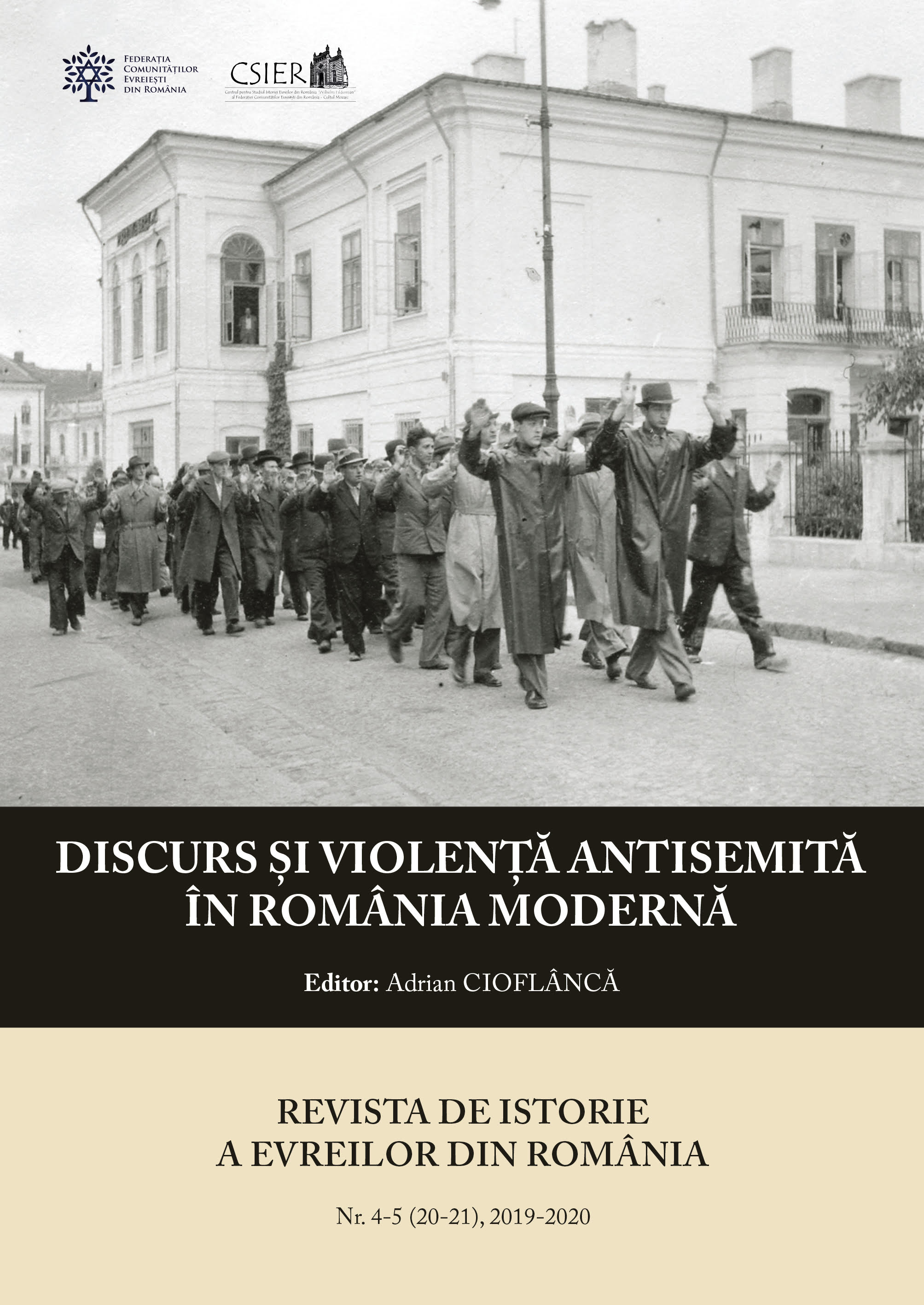
Holocaust historians and philosophers have been repeatedly confronted with the finding that the Shoah’s unspeakable horrors cannot be rationally reckoned as being most plausible. This study argues that one of the alternatives to the established epistemological paths of historical reconstruction of the Holocaust is increasingly represented by psychoanalysis which, until recently, has played a relatively minor role in the study of the psychology of genocide. It is only relatively recently that scholars, researchers and analysts such as Jacques Semelin, Slavoj Žižek, Dominick LaCapra, Dan Stone, Judith Kerstenberg, Steven Baum, or Karyn Bell, have joined towering figures such as Saul Friedlӓnder, Hans Mommsen or Peter Loewenberg in looking at genocide in ways derived – more or less directly – from psychoanalysis. Their purpose is to deepen and diversify our understanding of social “decontamination” phenomena, whose extreme forms have been regarded by many as incomprehensible. Such a goal equires the rethinking of modern genocide and mass murder, firstly by moving them from the space of exception, into the very fabric of modern societies’ ethos and cultural frameworks. To the Freudian concepts already employed by specialists, the present study adds negative transference as a present collective psychological experience of hostile emotions of an unconscious past origin and singles out the Romanian Holocaust’s powerful revelation of these mechanisms.
More...